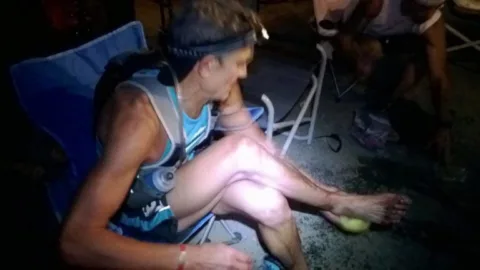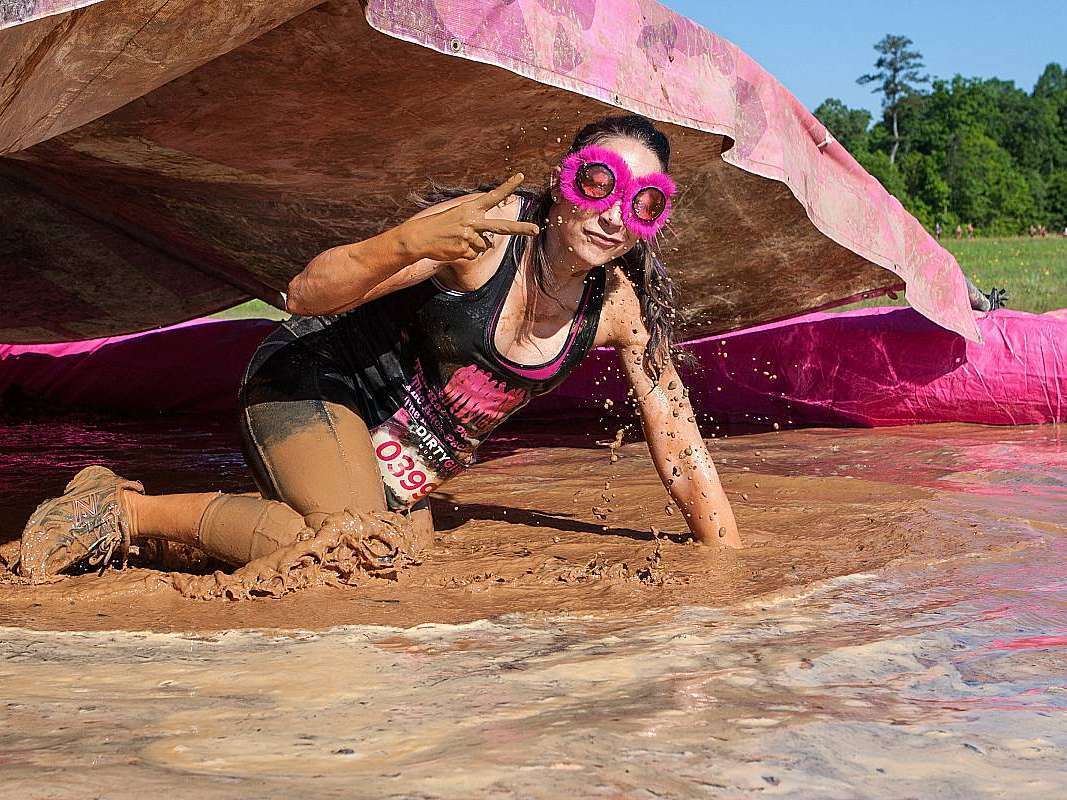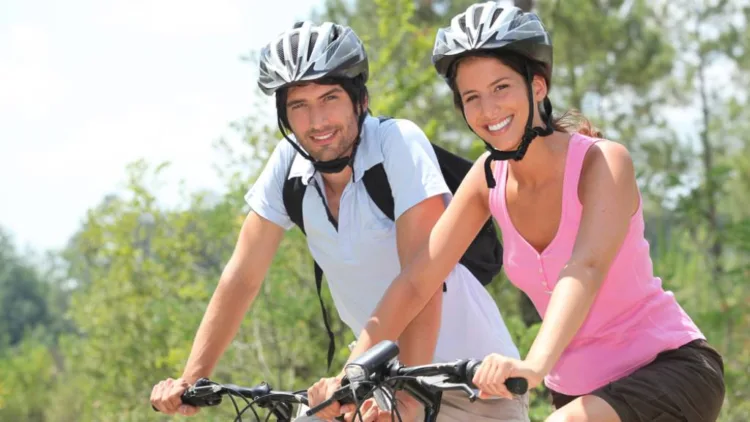It’s all about your feet. End of story.
As an ultramarathoner, you have to take care of your feet.
Maybe as a marathoner you got by with just some basic and occasional foot care. Not as an ultrarunner.
Transitioning from a marathoner to an ultrarunner involves tending to your feet. Once you get into runs of 24 hours or 100 miles or more, taking care of your feet is a top concern and priority.
Blisters Are Common Among Runners
Blisters suck. Blisters can totally derail your ultramarathon.
Think about it. All that effort you put into training, and the high hopes you had about having a great race… and then blisters on your feet screw it all up.
There’s no question about it: Blisters = BAD.
99% of what we hear about blisters is how to treat them after we get them. Ultramarathon races are littered with people who are at the medic tent (or their own tent) popping blisters, treating blisters, medicating blisters, and covering blisters.
So, why do we only think of blisters as something we deal with after we get them? Wouldn’t it make sense to do something to prevent you from ever getting blisters in the first place?
I Don’t Get Blisters Anymore – Here’s Why
Most of the longer ultramarathon races I have done over the years I’ve gotten blisters on my feet. I vividly remember a couple races ago sitting in my tent and popping my blisters with a box cutter and draining them. That sucked!
But the last couple ultramarathon races (24+ hours) I have done I’ve had no problem with blisters, not one. What was different? I had my feet wrapped to prevent blisters.
I’m going to walk you through a simple 2-step plan that could truly save your ass in an ultramarathon by preventing blisters on your feet.
How To Prevent Blisters When Running
Step #1 – Watch this video:
The video is Emily Smith and Trent Salkavich from SportsPodiatrists.com.au showing you how to tape your foot to prevent hotspots and blisters.
Step #2 – Follow the instructions on the video and wrap your feet accordingly.
- It’s absolutely vital that you follow the instructions meticulously. One small error could create a crease and be a problem.
- It’s best you have someone do this for you if possible – because it’s a bit challenging to do it yourself. It can be done, but it’s easier if someone does it for you.
- Notice there are 2 kinds of tape (hypoallergenic tape and sports tape) of different widths – which I found at Walgreens.
- The first time my feet were wrapped by someone who was doing it for the first time, it took 20 minutes per foot. But once you do it a few times and you get the hang of it, you can do it in 6 to 10 minutes per foot.
- If you pre-cut the strips of tape, that can reduce the taping time itself.
- The main thing is that IT HAS TO BE DONE RIGHT.
I recently had my feet wrapped this way for a 24-hour ultramarathon. I had them wrapped at the beginning of the race, and I had them re-wrapped at the 12-hour mark. I got no blisters.
Other Ways To Prevent Blisters When Running
This isn’t the only approach to preventing blisters.
There are other videos you can watch – including videos that more specifically address wrapping your toes to prevent toe blisters, if this is a common problem for you.
There are other preventive measures that can help you avoid blisters, as well.
One reason I run in Altra running shoes is because they have an open toe box – which gives more room for the toes in the front of the shoe, compared to other running shoes.
There are also blister-prevention socks, which many ultramarathon runners say work well for them.
For any ultramarathon, it’s imperative to have a plan to care for your feet. If you’re going to be an ultrarunner you’re going to have to make this a priority.




